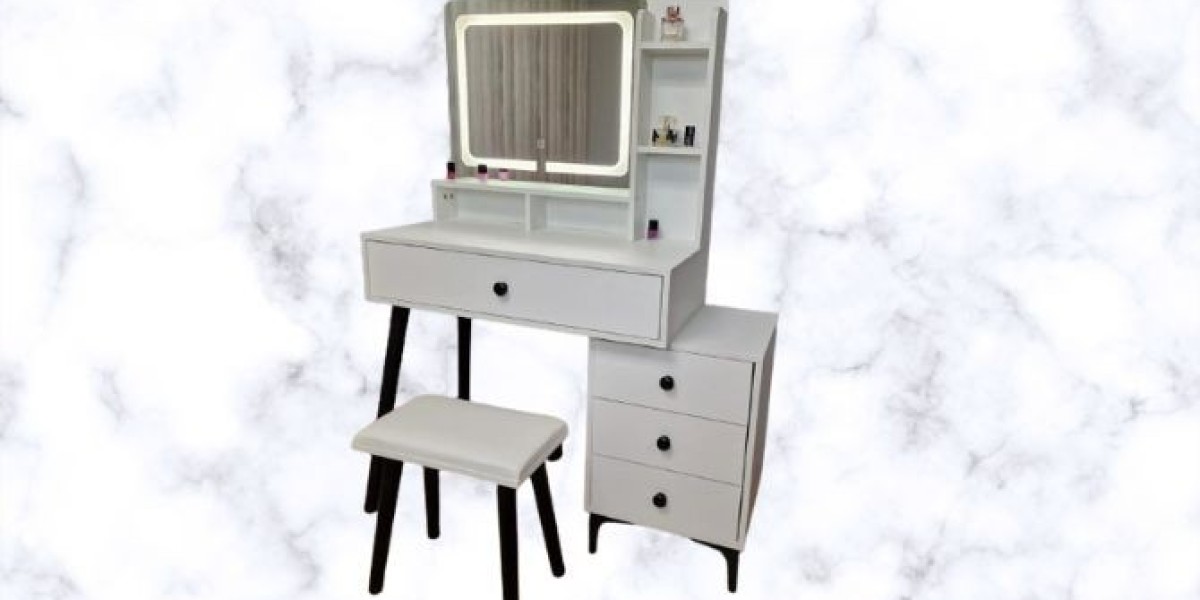In indoor and outdoor gardening, the cast iron plant (Aspidistra elatior) and the elephant ear plant (Colocasia esculenta) stand out as remarkable choices for enthusiasts seeking aesthetic appeal and ease of care. With their distinctive features and unique characteristics, these plants have become favourites among plant lovers. In this article, we delve into the fascinating realm of these two green companions, cast iron plant and elephant ear plant, exploring their origins, noteworthy attributes, and tips for cultivation.
The Sturdy Elegance of the Cast Iron Plant
Origin and Background
The cast iron plant, native to the shaded forests of Japan and Taiwan, earned its robust name due to its remarkable resilience and ability to thrive in low-light conditions. Introduced to the Western world in the 19th century, this evergreen perennial quickly became a popular choice for homes and gardens.
Noteworthy Attributes
Hardiness: One of the most resilient indoor plants, the cast iron plant can withstand neglect, low light, and fluctuations in temperature. This makes it ideal for those new to plant care or with challenging growing conditions.
Foliage: The cast iron plant's lance-shaped, dark green leaves add a touch of elegance to any space. With a glossy sheen and an architectural structure, these leaves make a bold statement in both indoor and outdoor settings.
Air Purification: Known for its air-purifying qualities, the cast iron plant is adept at removing toxins such as formaldehyde and benzene from the air. This makes it a valuable addition to indoor spaces, contributing to a healthier living environment.
Cultivation Tips
Light: While the cast iron plant can tolerate low light, it thrives in medium to low indirect light.
Watering: This plant prefers slightly moist soil but is forgiving of occasional drying out between watering. Overwatering is common, so allow the topsoil to dry before watering again.
Soil: Well-draining, rich soil is ideal for the cast iron plant. A balanced, all-purpose fertiliser applied during the growing season helps promote healthy growth.
The Majestic Presence of the Elephant Ear Plant
Origin and Background
The elephant ear plant, also known as Colocasia esculenta, hails from the tropical regions of Southeast Asia and the Pacific Islands. Renowned for its large, heart-shaped leaves, this plant has become a favourite for those looking to add a touch of the exotic to their gardens and indoor spaces.
Noteworthy Attributes
Versatility: Whether grown in containers, borders, or as a focal point in the garden, the elephant ear plant adds a tropical flair to any setting. Its adaptability to different environments makes it versatile for indoor and outdoor landscapes.
Rapid Growth: Under favourable conditions, the elephant ear plant exhibits rapid growth, producing lush foliage that can create a dramatic and lush atmosphere.
Cultivation Tips
Light: Elephant ear plants thrive in partial to full shade. While they can tolerate some sunlight, protecting them from intense, direct sunlight is crucial to prevent leaf burn.
Soil: Well-draining, nutrient-rich soil is ideal for elephant ear plants. Adding organic matter to the soil enhances fertility and provides the necessary nutrients for robust growth.
Wrapping Up
In the world of green companions, the cast iron plant and the elephant ear plant each bring their unique charm and resilience. With its sturdy nature and air-purifying abilities, the cast iron plant is a perfect choice for those seeking an easy-to-care-for yet elegant addition to their indoor spaces. On the other hand, the elephant ear plant, with its majestic foliage and tropical allure, offers a bold and visually striking presence, whether in gardens or as a statement piece indoors. Whichever plant captures your fancy, the cast iron and elephant ear plants promise to add vibrancy and natural beauty to your surroundings, turning your space into a lush haven.










